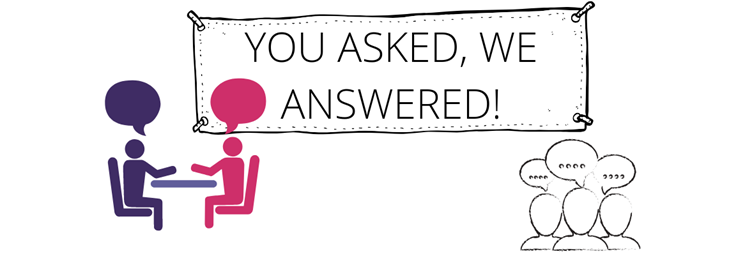
While our three business finance products are used to solve everyday cash flow issues for businesses, the terminology, technical aspects and jargon that come with them can be tricky to understand.
We’ve compiled some of the most frequently asked questions we’ve received from brokers and business owners.
Q1. What can I look out for in a financial statement to possibly identify businesses that may need Invoice Finance?
Calculate the Cash Conversion Cycle
The Cash Conversion Cycle (CCC), also known as the Net Operating Cycle, is a critical metric for many of your business clients. It represents the time between paying for inventory and receiving cash from sales. The shorter this period is, the sooner a business can reinvest that cash into the next round of sales.
The CCC is calculated as:
CCC = DIO (Days Inventory Outstanding) + DSO (Days of Sales Outstanding) – DPO (Days Payable Outstanding).
Breaking down your clients’ CCC into its individual components can help you identify the source of any cash flow pressure and guide you on the actions needed to improve the health of the business.
Learn more about how to calculate and analyse the CCC.
Check your clients’ debtor books
Every debtor book is set up differently, but most businesses will have invoice categories showing 30 days, 60 days, 90 days and so on.
Your clients with a significant proportion of their outstanding invoices in the 30 or 60 days columns are likely to benefit from Debtor Finance (or Invoice Finance). This is an indication the client’s business is healthy, but that they are waiting a long time for much-needed cash. Invoice Finance can help them access up to 80 per cent of the value of their unpaid invoices while they await payments to trickle through.
Q2. What is the difference between a disclosed and undisclosed Invoice Finance facility?
Confidential/undisclosed financing
With confidential financing, the business’s customers do not know that the business is using a finance provider. The business retains the responsibility of its accounts receivable and the collection of payment from the customers.
Disclosed financing
Under a disclosed Invoice Financing arrangement, the business’s customers will need to be notified that the invoices are financed, so that they are aware of debt collection.
While the requirements for disclosed financing are more lenient, the service does usually cost more. This is because businesses will have to factor in administration fees from the lender in processing the customers' payments.
Q3. Can you lend to a business with ATO debt?
We won’t rule a business out for having ATO tax debt. Invoice Finance and Sale-back Finance are two of the commonly used products to help businesses get out of tax debt.
Sale-back Finance
Sale-back Finance can help businesses turn their non-liquid business assets (like equipment or machinery) into cash, while still retaining and using them. It lets businesses unlock cash which they could use to help pay off ATO debt. And the interest on Sale-back Finance is tax-deductible.
Sale-back Finance can be a great option if a business is asset rich but cash poor. It can be arranged over terms of 3 to 5 years, and can also be used in conjunction with Invoice Finance.
Invoice Finance
Invoice Financing helps businesses access cash from unpaid customer invoices. If they offer credit terms to customers, this can be a great way to get paid faster so that they can clear any ATO debt.
It can also help pay for future ATO obligations on time and can be a really effective tool to free up cash flow. Invoice Finance works as a line of credit that can be accessed whenever needed. This means the business does not pay interest on a lump sum amount like they would with a term business loan. They only pay interest on the amount you draw down.
If you would like more information on anything mentioned above, please do not hesitate to reach out to your BDM.
If you'd like to learn how Earlypay's Invoice Finance & Equipment Finance can help you boost your working capital to fund growth or keep on top of day-to-day operations of your business, contact Earlypay's helpful team today on 1300 760 205, visit our sign-up form or contact [email protected].